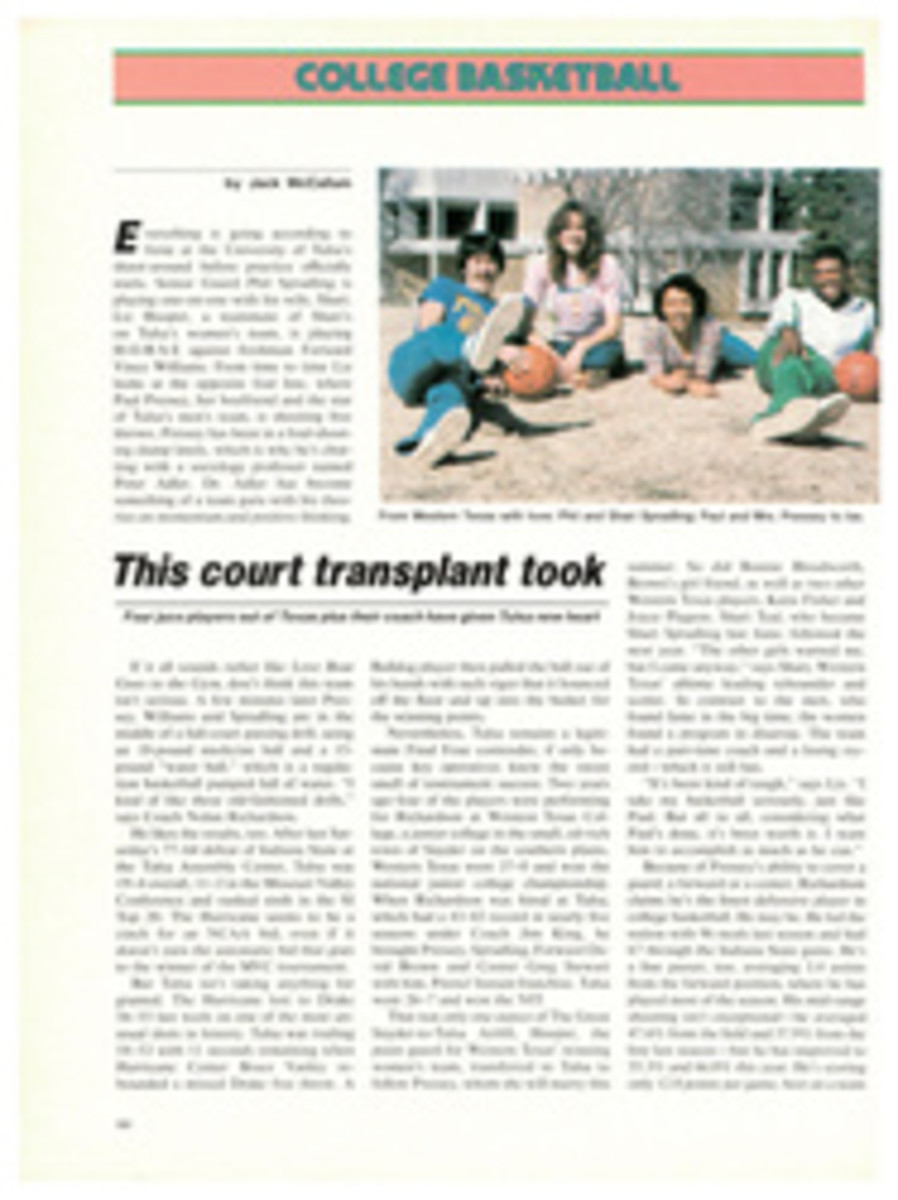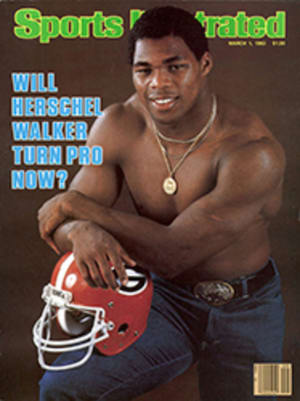
INJURY FORECASTING MIGHT JUST HELP RUNNERS REMAIN ON A HEALTHY TRACK
Charles Ross figures that this is the scenario of the future, perhaps just a few years from now: First, the track coach-calls the podiatrist, all excited. He's got a kid in his office right this minute, the coach says, a recruit who seems to have an unlimited future. This kid is lean and beautifully muscled, splendidly conditioned and tireless—he runs the 10,000 in 27:30 or thereabouts. How about an immediate evaluation?
A few hours later, the podiatrist calls the coach. "We checked the inversion and eversion at the subtabular joint," he says, "as well as the dorsiflexion at the ankle joint and other variables. Our findings show a varus rating of 19 degrees."
The coach sighs sadly. "What you're telling me...."
"What I'm telling you is that, based on these figures, your guy is an absolute dead immortal cinch for an injury."
As for the present, what Ross and an associate found in a five-year study is that they can predict the potential for a running injury with an average of 75% and as high as an 89% degree of accuracy if the problem lies in the lower legs and feet. (The study didn't go into the stress areas of the rest of the body.) The testing is done by means of intricate bio-mechanical measurements, which turn up physical imbalances, and by comparing the findings with known data.
Ross is a podiatrist whose practice at Garden City Park, N.Y. includes scores of runners in various stages of repair. He's active in the sport as a sprinter who is now training for his first marathon and a volunteer medic, and often comes bounding out of his office in shorts, explaining, "I'm really working—I'm going to run with a patient." the better to observe firsthand what's causing pain, shin splints, sore knees or whatever. Ross's associate in the study is Richard Schuster of Merritt Island. Fla., an occasional jogger and a medical-advice columnist for The Runner magazine.
From 1975 to 1979, Ross and Schuster conducted screening exams of the long-distance runners at a major Eastern university, following them from their freshman through senior years. The study included 54 runners and correctly predicted that 21 of them would suffer injuries; indeed, the final total was 28, including all 21 named.
The study needs much more input from, say. hundreds more runners to give the figures proper statistical heft. To this end, Ross and Schuster have appealed to fellow podiatrists to send in the results of their own exams. Still, they believe that their underlying theory is sound. Briefly, it goes like this: Runners are measured in weight- and non-weight-bearing modes—which simply means on and off their feet. Measurements determine the degree, or the limitation, of motion at three principal joints below the ankle. The computations are based on how much bowing appears in the lower leg, motion available at the ankle joint, at the subtalar joint, motion at the mid-tarsal joint in front of the ankle and motion of the forefoot. What all this produces is the degree of varus, or imbalance. A varus rating of eight degrees or less indicates low potential for injury to the runner; 10 to 14 degrees a moderate potential; 18 degrees and over—trouble.
Ross and Schuster want to go further. If they can take these measurements and predict injuries, why not use them as a means toward preventing injuries? Terrific. Says Ross, "Obviously an inspired athlete can and will achieve greater feats if he's not continuously recovering from injuries that delay his progress." For each day lost to injury, experts figure, two days are needed to get back into shape.
Ross dreams of a relatively pain-free future for all athletes in non-contact sports, not just runners. If a podiatric exam comes up 18 degrees, it could be regarded as an early warning, and something can be done about the problem; orthotics, perhaps, or special exercises. Although the study is as yet limited in scope, and concerned only with the area below the knees, it nevertheless appears to be another step forward in the burgeoning field of sports medicine.

